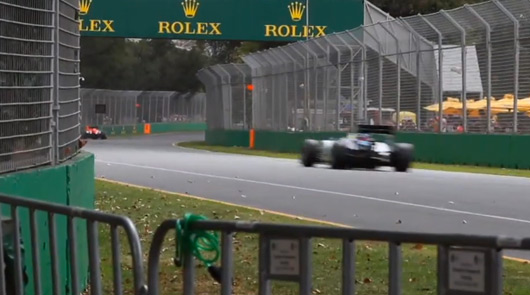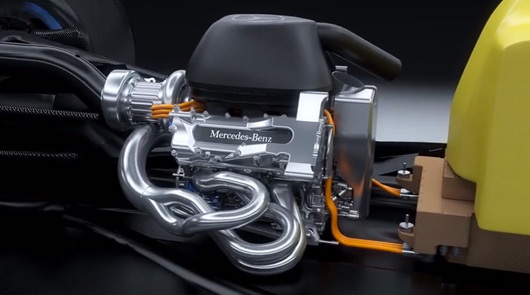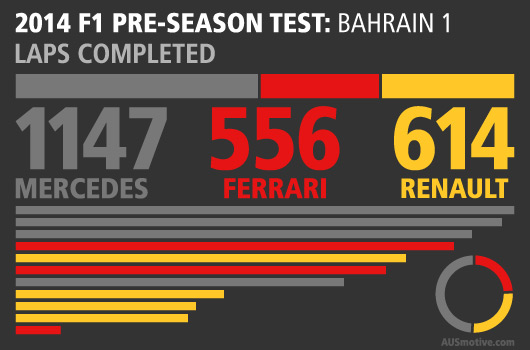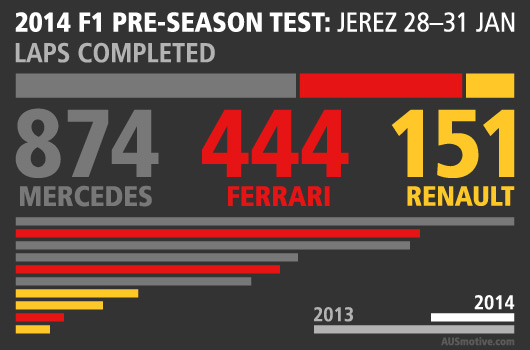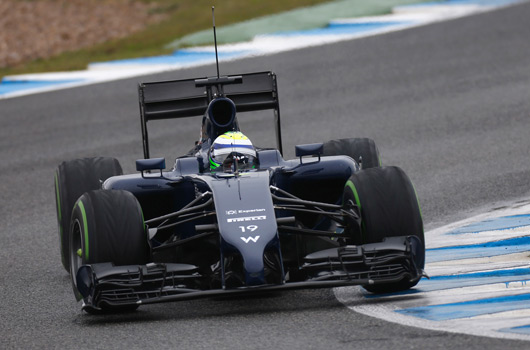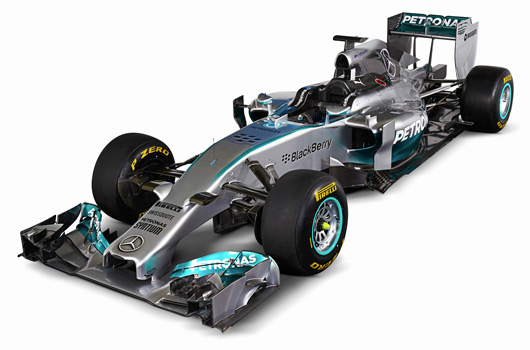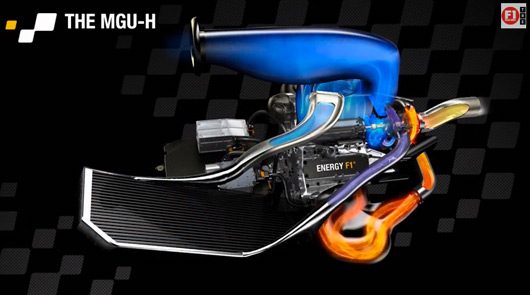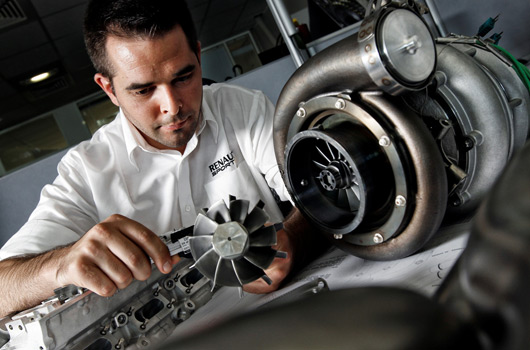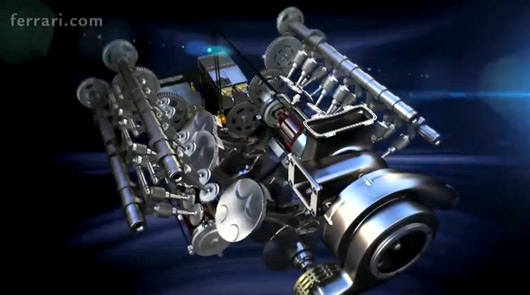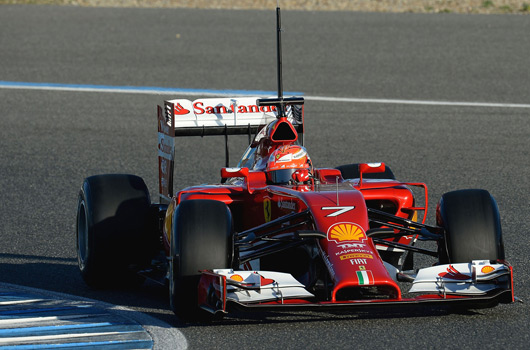
After two days of winter testing in Jerez what have we learned about the Formula 1 class of 2014, specifically these horrid looking new cars? Well, not a lot to be honest.
On day 1 most teams struggled and only 93 laps were completed by the teams in attendance, and none at all by McLaren. Kimi Raikkonen (1:27.104) was fastest in his return for Ferrari and ran the most number laps on the day at just 31. Lewis Hamilton (1:27.820) sent his Mercedes towards the top of the lap charts in his 18 laps before sending it into the wall after a front wing failure.
“We had a lot of new things to learn today,” Raikkonen said afterwards. “Even if we would have liked to do more laps, I think that for a first day it was alright. Towards the end, when the track was damp, we chose not to take any risks. Now we have a lot of work ahead of us, but all in all, we are pleased with our first day.”
After the leading two drivers times spread out with not much insight to be gained, other than there’s a lot of work to do. Sebastian Vettel and Marcus Ericsson, for example, only ran installation laps and didn’t set any times at all.
Things have become a little clearer on day 2, with all Renault powered teams experiencing problems while Ferrari and Mercedes powered cars gained an early advantage. Overnight rain saw Pirelli bring forward their designated wet weather session and trucks were sent out to ensure the track had sufficient water for testing purposes.
Jenson Button and McLaren had a good day, registering the fastest time in the morning’s wet session and also in the afternoon (1:24.165) when the track was dry.
The 2009 world champion spoke enthusiastically about the MP4-29 afterwards, too. “Of course, it’s still early days, and there’s a lot of work ahead of us,” Button said. “We need to work on both braking and traction; but that excites me, because there’s a lot of potential to adjust those parameters.
“The new braking system is very complicated, and getting it right will be tough. But these are all things we can work on: there’s nothing about the car that unsettles me, and there’s plenty of scope to explore the set-up. It will just take time.”
Kimi Raikkonen (1:24.812) was on the pace again during his 47 laps, cutting more than 2 seconds from his day 1 best. Valtteri Bottas (1:25.344) has had limited running during his two days, just 12 laps in all, but he has been third quickest on both days.
While only fourth fastest on day 2, Nico Rosberg (1:25.588) and Mercedes were happy with their lot. Rosberg racked up an impressive 97 laps, 44 more than his nearest rival, including some beneficial long runs.
“Every lap is important to get used to the new systems and it helped a lot that I have worked on this already in the simulator,” explained Rosberg. “We don’t know yet where we are compared to the other teams, but we can be quite happy after the first two days of testing here in Spain. Now I look forward to getting back in the car on Friday.”
Meanwhile the Renault powered cars managed just 19 laps between them (11 for Caterham, 8 for Red Bull and 0 for Toro Rosso). On day 1 only 19 laps were registered for the Renault runners as well (15 for Toro Rosso, 3 for Red Bull, 1 for Caterham), which will be cause for early concern.
Lotus isn’t an attendance at all for the Jerez test, choosing to wait until testing moves to Bahrain. Marussia is hoping to run its car tonight.
Photos and lap times are available after the break.
UPDATE: Pics from day 2 have now been added below.

